Persistent Shortfall and Racial/Class Disparities 2020 Census Self-Response Rate
Because of COVID-19 and other factors, the United States faces the unprecedented challenge of completing the 2020 census enumeration, the once in a decade effort to count every American for critically important political, economic and social reasons. The Census Bureau is winding down the self-response phase of the census, our new brief assesses what progress has been made. The analysis is primarily based on examining the 2010 and 2020 response rates for census tracts, which is a proxy for neighborhoods.
There are two key outcomes: The temporal (across time) change in the overall average response rates and the temporal change in the range (high to low) of response rates. The change in overall response rates, or the total shortfall, is the difference in census response rates between the two decades. The second outcome measures the change from 2010 to 2020 in the spread between tracts with high response rates and tracts with low response rates.
Key Findings:
- On June 1, the nation was approximately six percentage points behind where the nation was in 2010, which is better than the over 12 percentage point shortfall during late April. Despite the progress, it is unlikely that the overall gap could be closed completely. Every state is experiencing an increased response gap relative to 2010. Equally troubling is a larger spread in the response rates among some neighborhoods. This increase is evident within most states, although there are large variations.
- More troubling is that poor and minority communities are systematically and disproportionately affected by the problems with the self-response rates. These neighborhoods experienced lower response rates in 2010 than more advantaged neighborhoods, and the gap widened in 2020.
Policy Implications:
The problems with the 2020 Census create enormous challenges to having a complete and unbiased enumeration. In turn, this threatens and undermines the goal of having fair political representation and just resource allocation. Among the many adjustments that are required to complete the census is adopting a new rapid response monitoring and assessment paradigm, similar to what has emerged to study the spread of COVID-19.
Download full brief>> Persistent Shortfall and Racial/Class Disparities 2020 Census Self-Response Rate

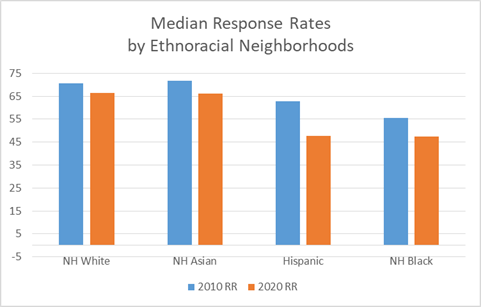
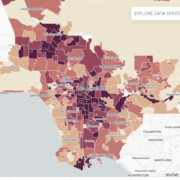




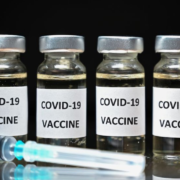
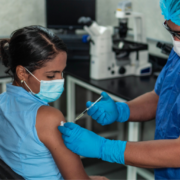
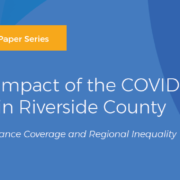

Leave a Reply
Want to join the discussion?Feel free to contribute!